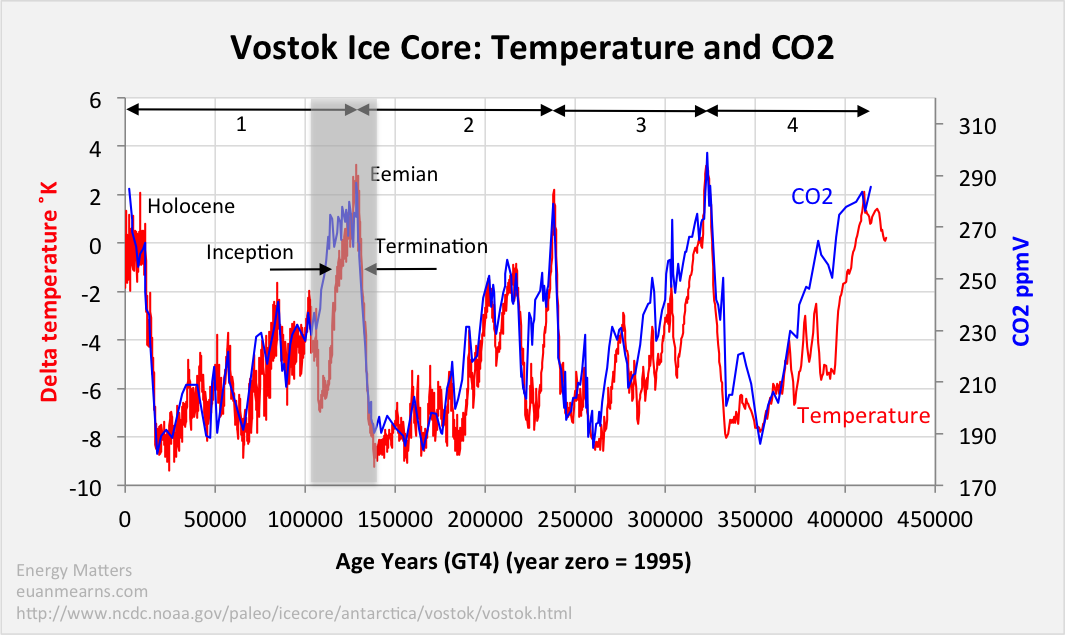However, the absolute accuracy requirement necessary to quantify Earth’s energy imbalance (EEI) is daunting. The EEI is a small residual of TOA flux terms on the order of 340 W m−2. EEI ranges between 0.5 and 1 W m−2 (
von Schuckmann et al. 2016), roughly 0.15% of the total incoming and outgoing radiation at the TOA.
Given that the absolute uncertainty in solar irradiance alone is 0.13 W m−2(
Kopp and Lean 2011), constraining EEI to 50% of its mean (~0.25 W m−2) requires that the observed total outgoing radiation is known to be 0.2 W m−2, or 0.06%.
The actual uncertainty for CERES resulting from calibration alone is 1% SW and 0.75% LW radiation [one standard deviation (1σ)], which corresponds to 2 W m−2, or 0.6% of the total TOA outgoing radiation. In addition, there are uncertainties resulting from radiance-to-flux conversion and time interpolation.
With the most recent CERES edition-4 instrument calibration improvements,
the net imbalance from the standard CERES data products is approximately 4.3 W m−2, much larger than the expected EEI.
This imbalance is problematic in applications that use ERB data for climate model evaluation, estimations of Earth’s annual global mean energy budget, and studies that infer meridional heat transports. CERES EBAF addresses this issue by applying an objective constrainment algorithm to adjust SW and LW TOA fluxes within their ranges of uncertainty to remove the inconsistency between average global net TOA flux and heat storage in the earth–atmosphere system (
Loeb et al. 2009).




